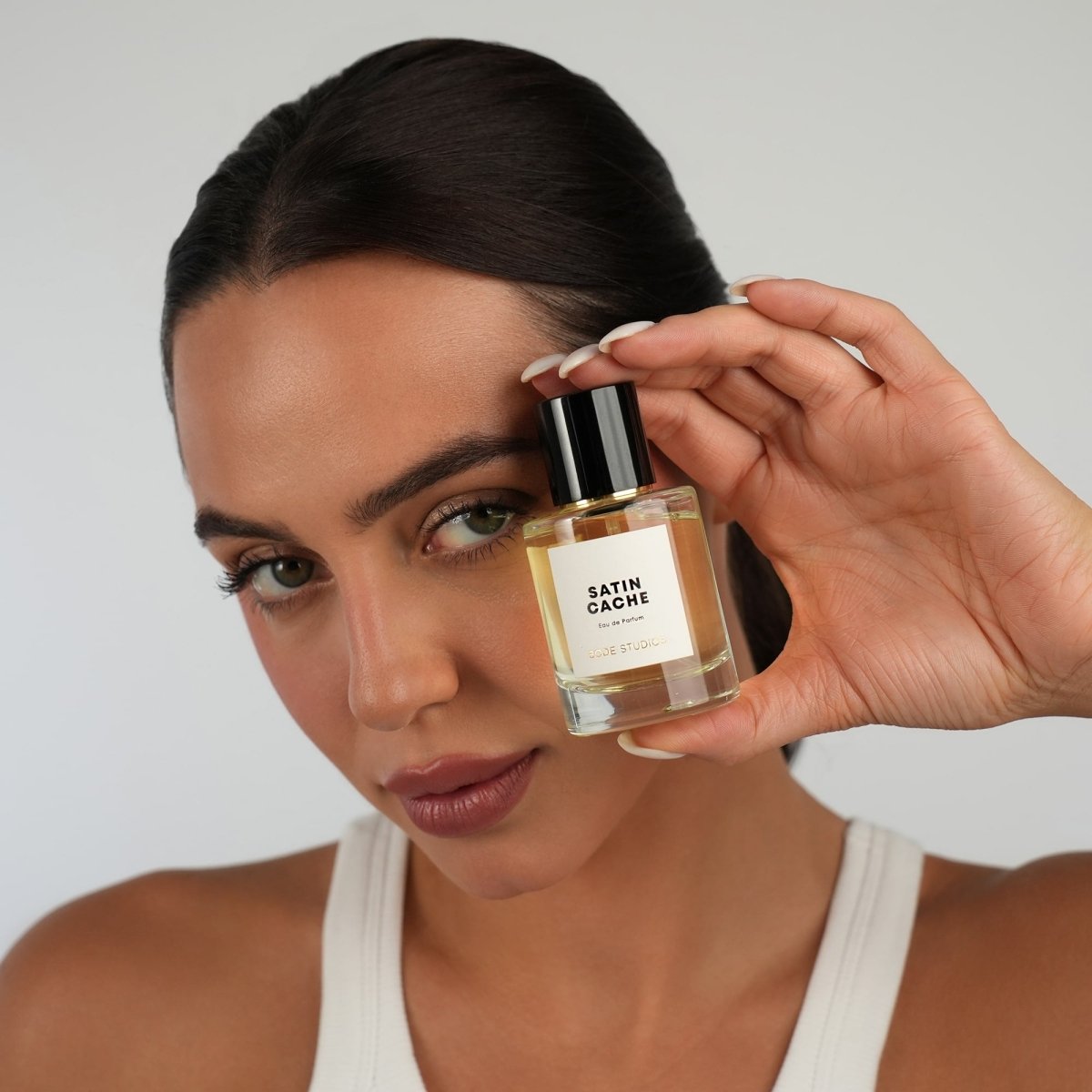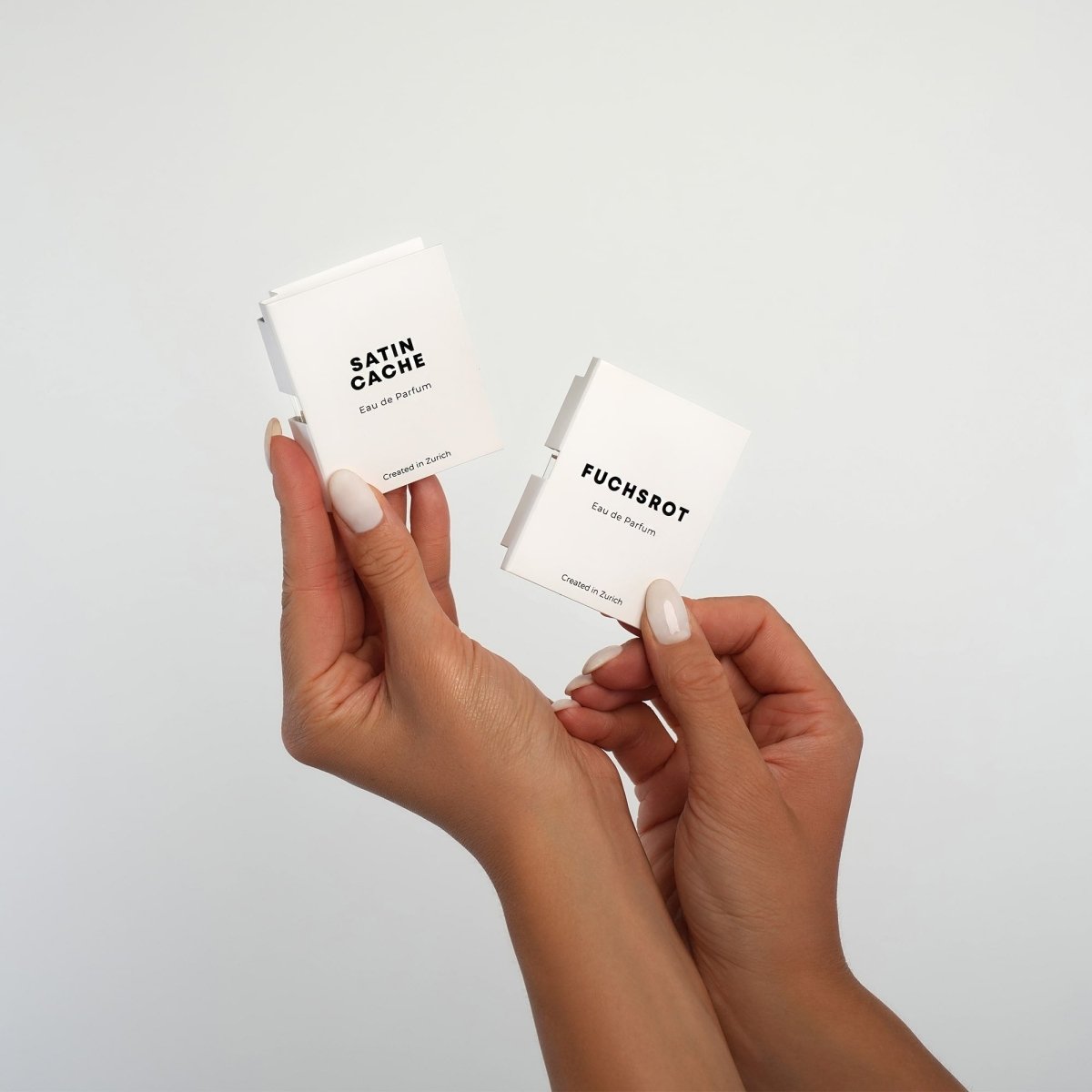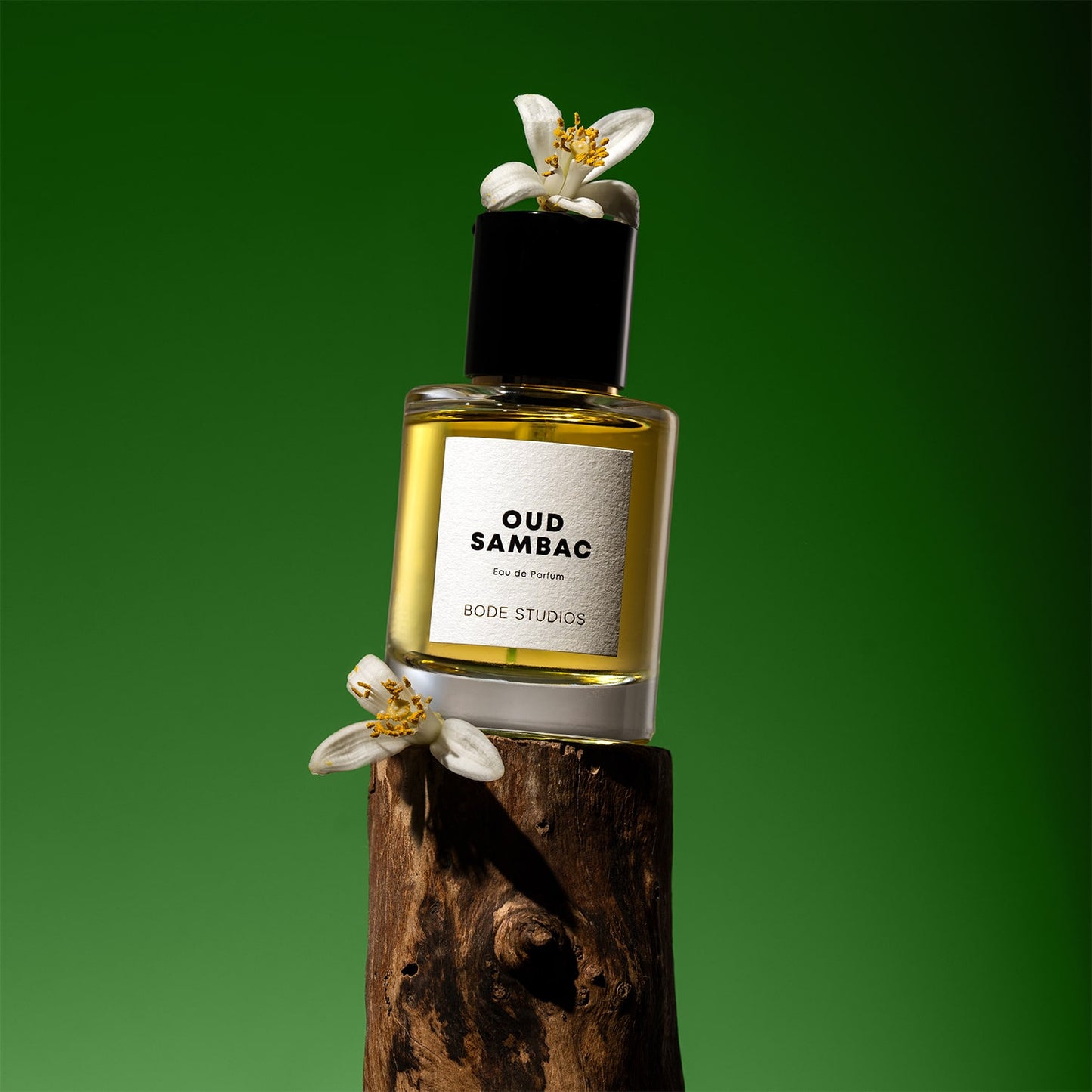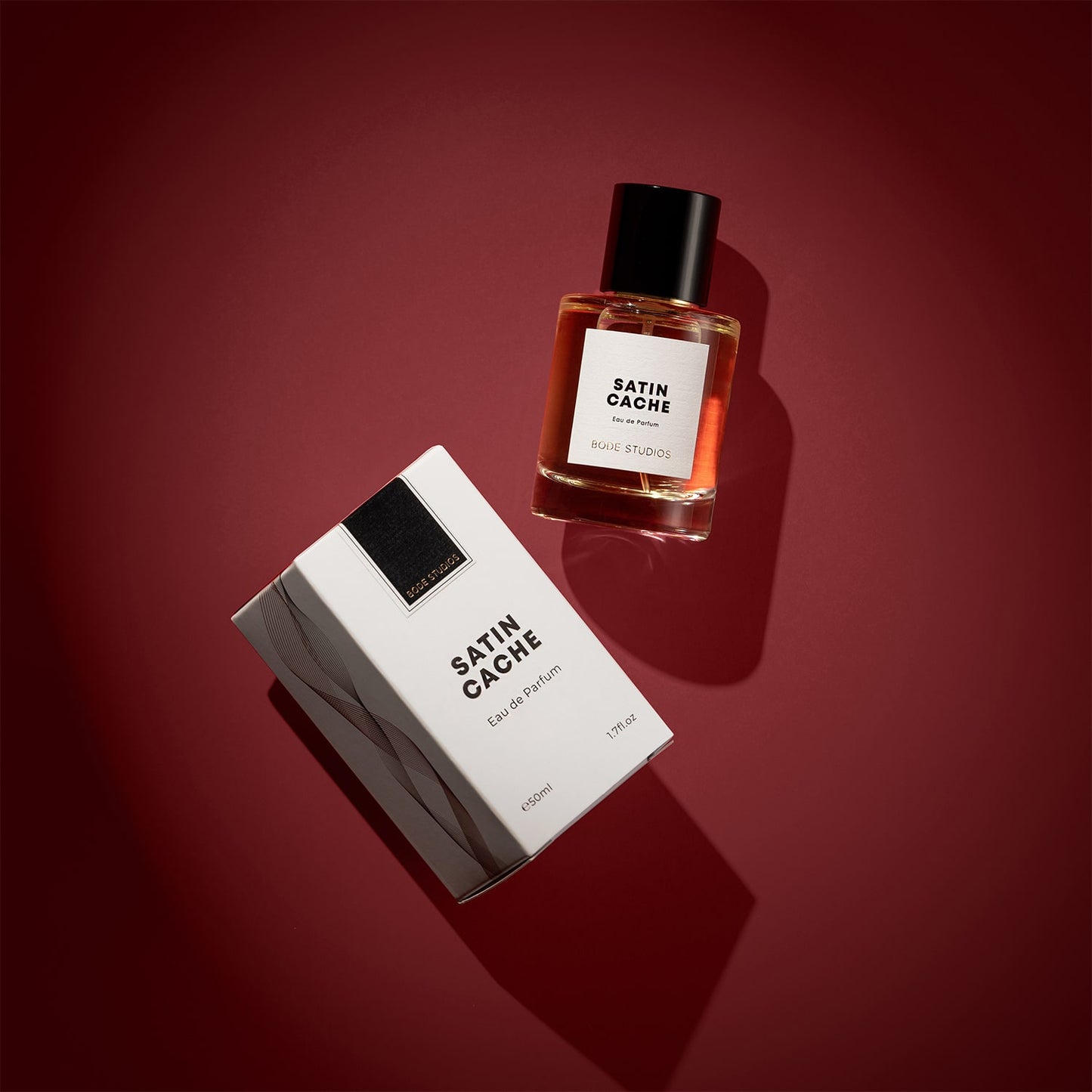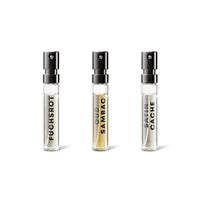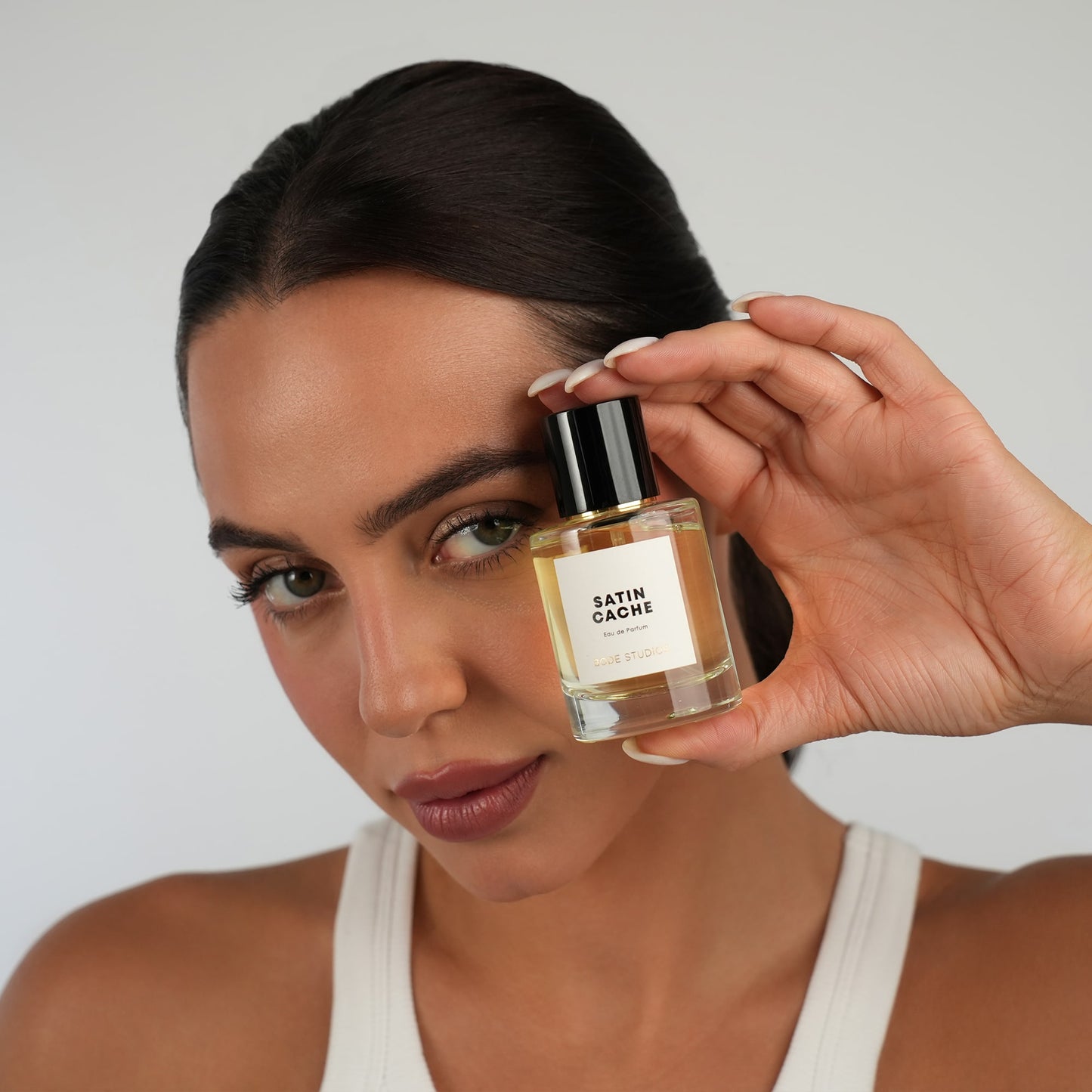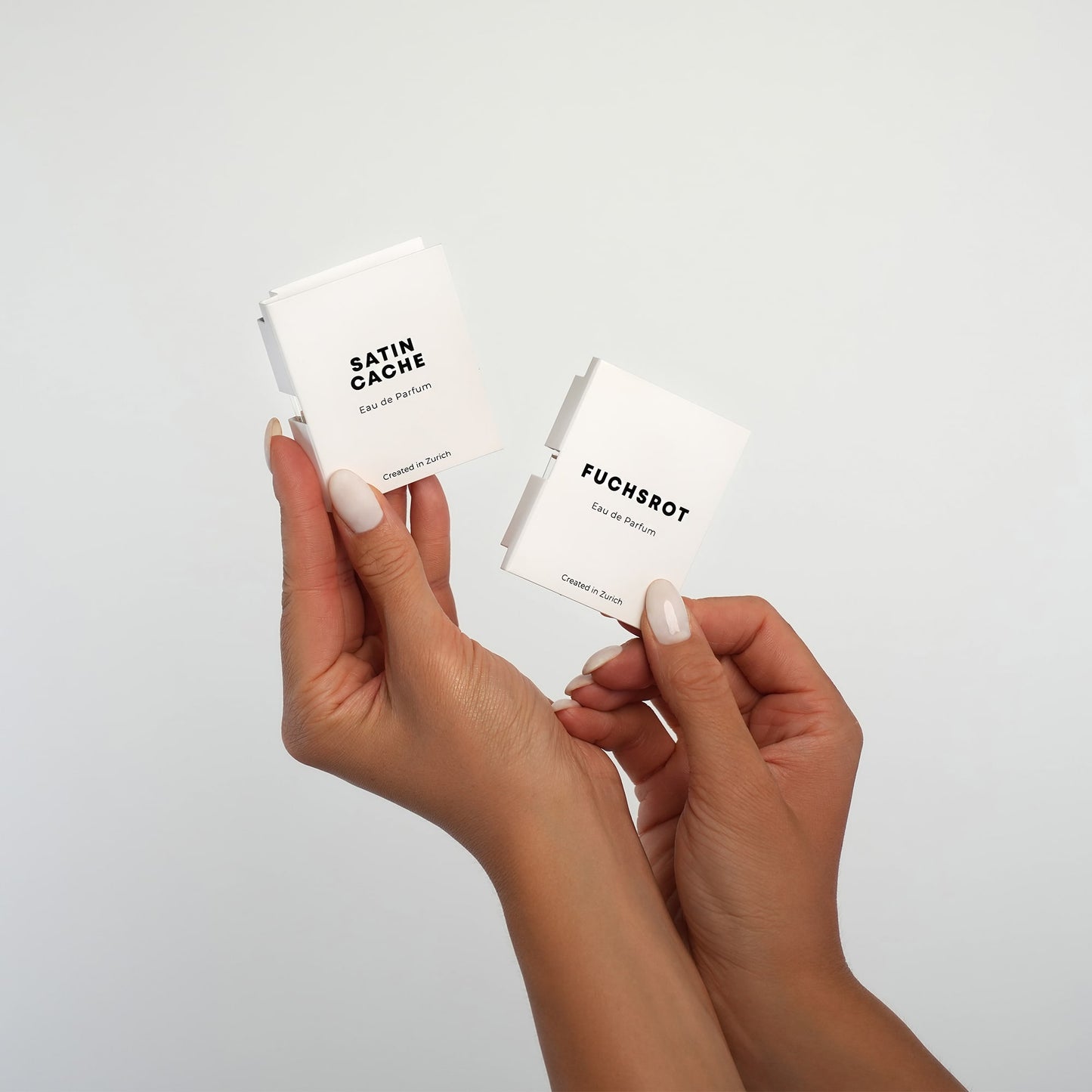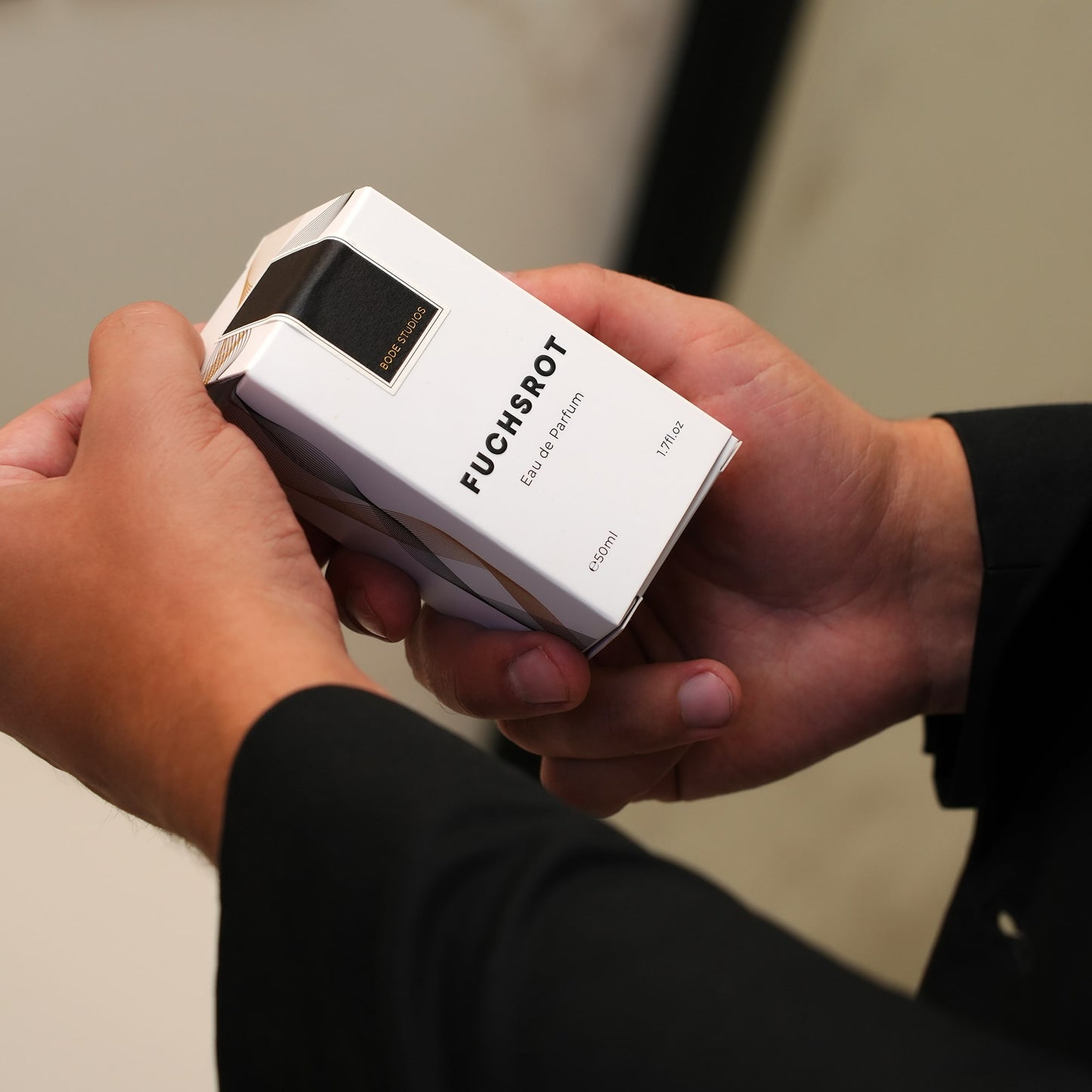A fine perfume is more than a pleasant scent. It is an invisible accessory, a reflection of personality, and often a quiet statement of taste. But with countless fragrances on the market, from mass-produced designer bottles to niche artisanal creations, one question remains: How can you tell if a perfume is truly high quality?
In this guide, you will discover how to identify a premium fragrance by looking at its longevity, sillage, and the quality of essential oils used in its composition.
1. The Foundation: Concentration of Essential Oils
At the heart of every perfume lies its concentration of aromatic compounds, which are the essential oils dissolved in alcohol. This concentration determines both how intense the scent smells and how long it will last on your skin.
| Type |
Concentration of Oils |
Typical Longevity |
| Eau de Cologne |
2-5% |
1-2 hours |
| Eau de Toilette |
5-10% |
3-4 hours |
| Eau de Parfum |
10-20% |
5-8 hours |
| Extrait de Parfume |
> 20% |
Up to 12 hours or more |
High-quality perfumes usually have a richer concentration of natural essential oils. These oils are extracted through traditional methods such as cold pressing, steam distillation, or enfleurage, which preserve their complexity and natural evolution. Synthetic alternatives, on the other hand, often smell flat and fade more quickly.
However, a high concentration of oils alone does not guarantee quality. Some brands use large amounts of low-grade or unrefined oils, which can make the scent smell heavy, unbalanced, or overly sharp. True fine fragrance is about harmony and proportion, not simply intensity. Sometimes, a lighter concentration can feel more elegant and refined, as it allows the composition to breathe and evolve naturally.
How to Identify Synthetic Ingredients as a Consumer
Detecting synthetic components is not always easy, but there are subtle clues. A perfume that smells extremely linear from start to finish and does not evolve over time often contains a high percentage of synthetics. Similarly, scents that seem unnaturally strong, overly sweet, or identical across skin types can indicate the dominance of synthetic aroma chemicals.
You can also check the ingredient list on the packaging: names like limonene, linalool, coumarin, or citronellol are naturally occurring molecules, but long chemical-sounding ingredients such as ethyl maltol, galaxolide, or cashmeran usually signal synthetic compounds.
Of course, not all synthetics are bad. Many perfumers use them responsibly to enhance longevity or stability. The key lies in the balance between natural and synthetic notes, and how well they interact to create a nuanced and evolving scent.
2. Longevity: When Time Becomes the True Test
One of the clearest signs of a good perfume is its ability to linger gracefully over time. Longevity depends not only on concentration but also on the balance between the top, heart, and base notes of the fragrance.
Top Notes: Fresh and light elements such as citrus, mint, or pepper. They form the first impression but disappear within minutes.
Heart Notes: Floral, spicy, or herbal tones that emerge after 15 to 30 minutes. They define the main character of the perfume.
Base Notes: Deep and warm elements such as amber, musk, vanilla, or wood. These can last for many hours, sometimes a full day.
A high-quality perfume develops smoothly and gradually from one layer to the next. There should not be an abrupt change. Instead, the scent should evolve like a story, revealing new nuances over time. This evolution is known as the dry down, and it is one of the best indicators of craftsmanship.
3. The Sillage: The Invisible Aura of a Perfume
The sillage of a perfume describes the trail it leaves in the air as you move. It is the scent’s invisible signature, the soft whisper that follows you and leaves a memory behind.
A refined perfume does not shout across the room. It floats gently and naturally. High-quality fragrances achieve this effect by using fixatives such as musk, ambergris, or natural resins. These ingredients stabilize the perfume molecules and allow them to project gracefully without becoming overpowering.
A perfume with good sillage should make people curious, not uncomfortable.
4. The Quality of Raw Materials
The soul of a fine perfume lies in its ingredients. Mass-market perfumes often rely heavily on synthetic molecules because they are cheaper and easier to reproduce. In contrast, niche and high-end perfumes use natural raw materials that are harvested with care and sourced from specific regions known for purity and quality.
Premium fragrances typically contain:
- Natural essential oils such as rose, sandalwood, oud, patchouli, or vetiver
- Resins and balsams such as myrrh, labdanum, or benzoin for warmth and depth
- Rare flowers and spices that are handpicked and distilled in small batches
- High-grade alcohol with minimal additives
These natural components interact uniquely with your body chemistry, creating a personal signature scent that is impossible to duplicate with synthetic blends.
5. Balance and Composition: The Perfumer’s Signature
A master perfumer composes a fragrance much like a musician writes a symphony. The result should feel balanced and harmonious, with each note supporting the others.
Cheap perfumes often rely on one dominant synthetic note, resulting in a scent that smells sharp, overly sweet, or flat. A high-quality perfume feels round, multidimensional, and alive. It evolves depending on your mood, your temperature, and even the weather.
In a well-crafted fragrance, no single element should overpower the rest. Every note has a role in creating depth and emotion.
6. Packaging and Price: Clues, Not Guarantees
Beautiful packaging can be a sign of care and detail, but it is not a guarantee of quality. Some niche brands with minimalist bottles invest almost entirely in raw materials and craftsmanship, while certain luxury brands focus more on marketing than composition.
Still, the price of a high-quality perfume often reflects the real cost of its ingredients and production process. Aging natural oils, using sustainable sourcing, and blending in small batches all require expertise and time. While you can find lovely affordable perfumes, a truly refined fragrance rarely comes at a bargain.
7. How to Test a Perfume the Right Way
Testing a perfume correctly is just as important as choosing one. To truly understand a fragrance, follow these simple steps:
- Test no more than three perfumes at once to avoid olfactory fatigue.
- Apply them directly on your skin rather than paper strips.
- Wait at least 30 minutes before forming an opinion. The scent changes as it warms.
- Pay attention to how the perfume develops and how long it lasts throughout the day.
- Smell your clothes the next morning. If a soft trace remains, you have likely found a high-quality scent.
If a perfume still smells pleasant and balanced hours later, it is a strong sign of craftsmanship.
8. The Emotional Side of Quality
A truly fine perfume does more than smell good. It tells a story. It connects to memory and emotion. It can remind you of places, people, or feelings you thought you had forgotten.
High-quality perfumes often have a soul because their creators blend emotion with expertise. They use rare, expressive ingredients and build a composition that feels timeless rather than trendy. When a fragrance moves you or feels like it belongs to you, that is when you know it is special.
Final Thoughts: Quality You Can Feel and Remember
A high-quality perfume is like a well-tailored suit or a piece of beautiful music. It feels natural, refined, and unforgettable. It does not need to be loud to make an impression. Instead, it lingers gently, telling its story in layers that unfold over time.
When you explore fragrances, take your time. Let each scent breathe and reveal its personality. True quality is quiet confidence. It does not shout. It simply lasts.
